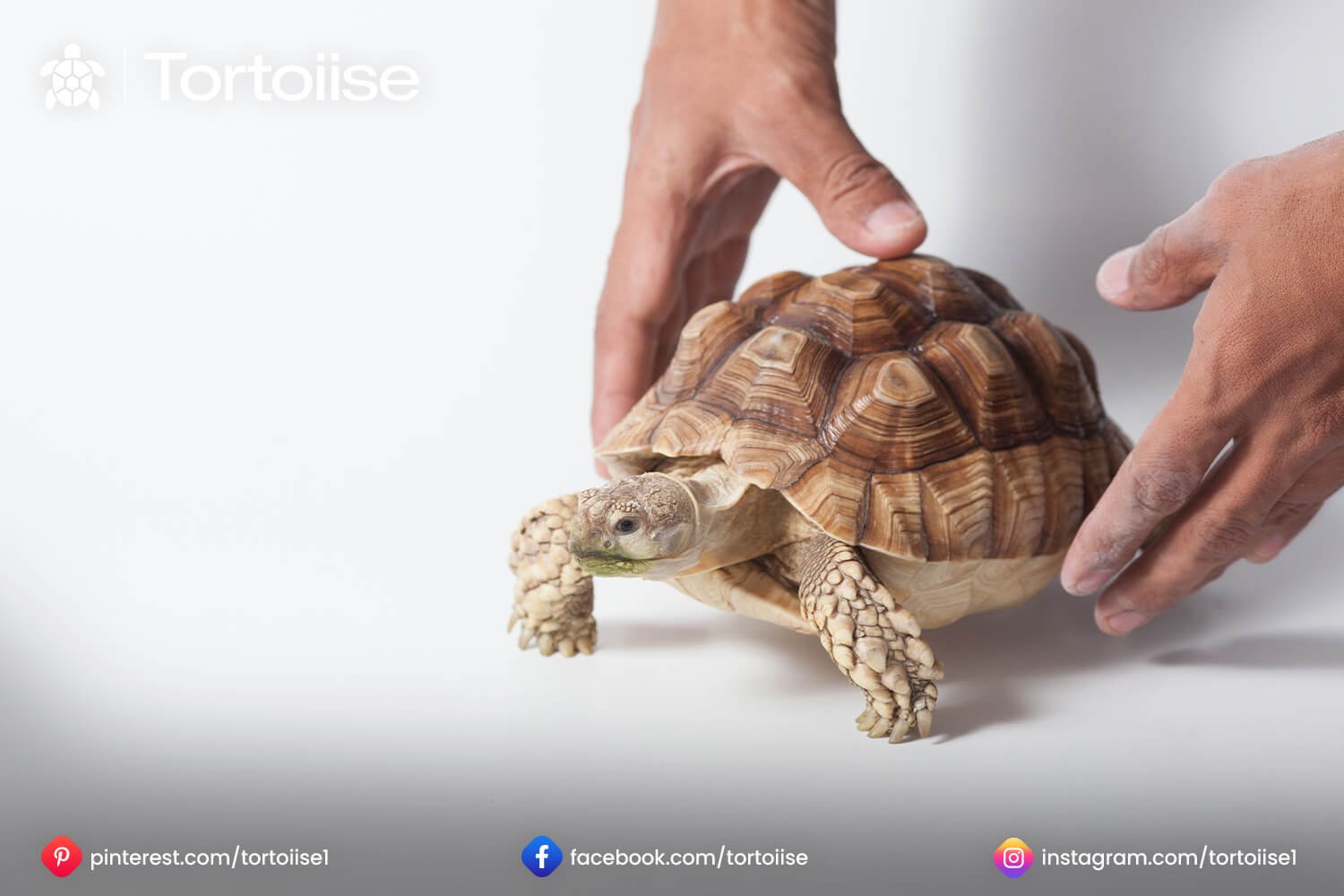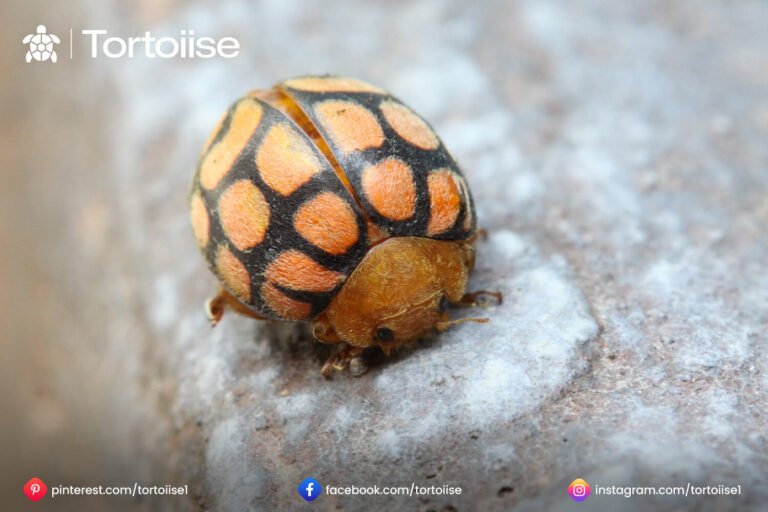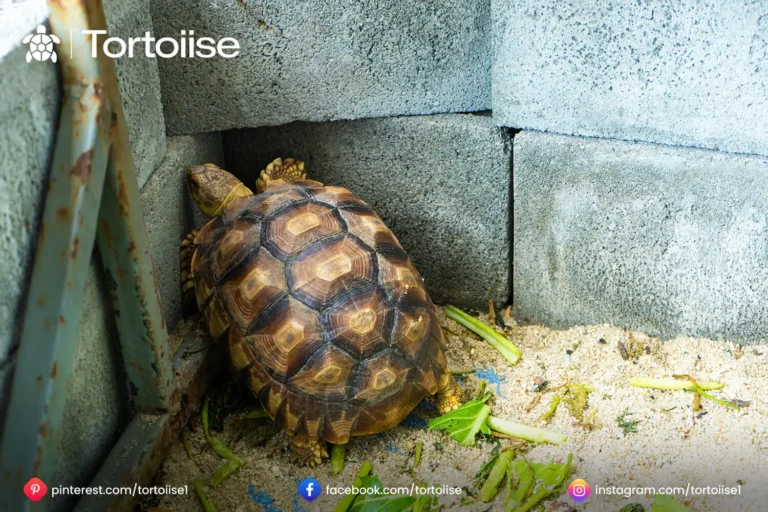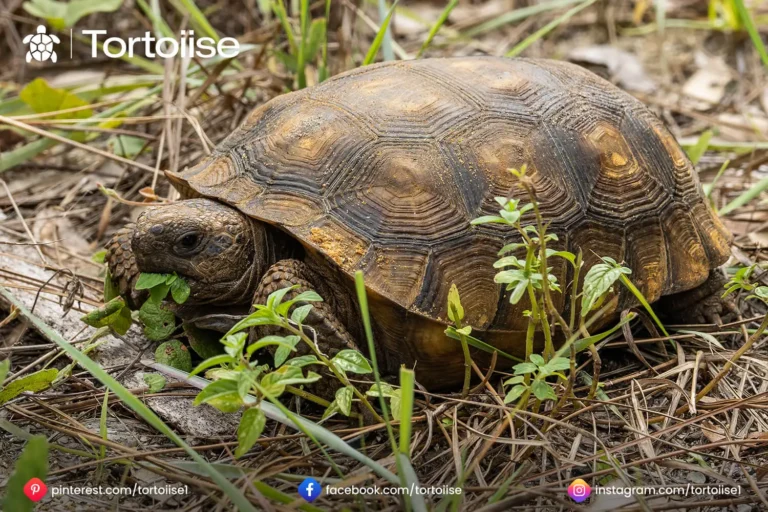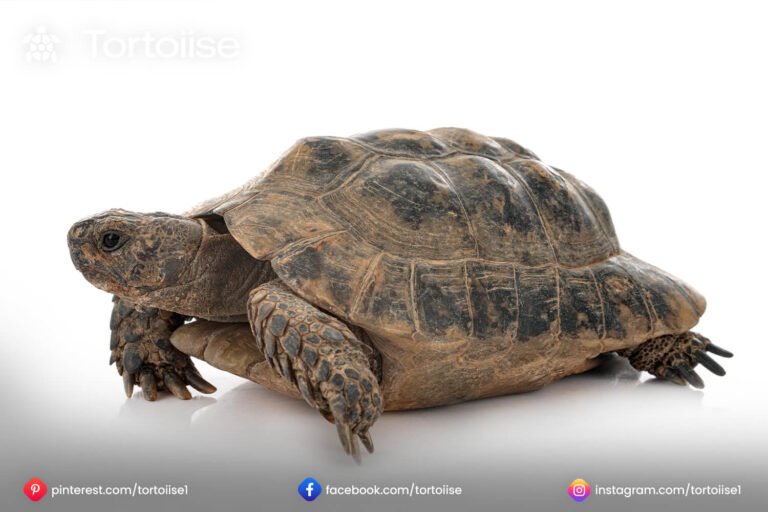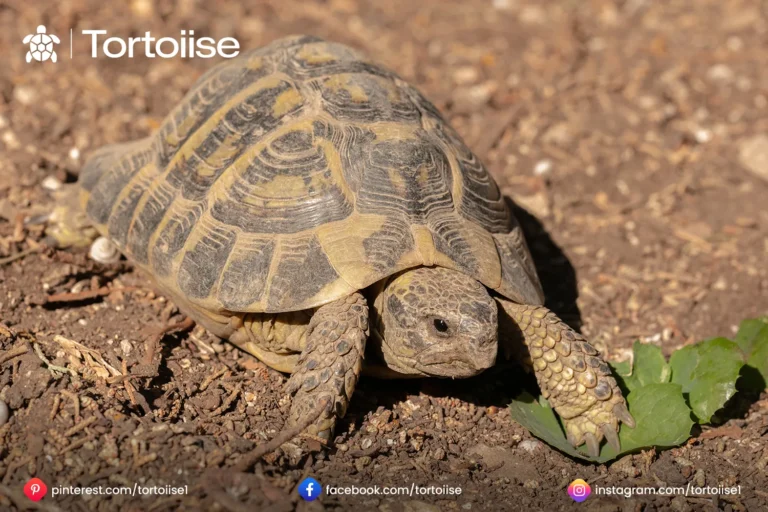How to pick up tortoise
The most effective method picks up the tortoise securely.
Tortoises are entrancing reptiles respected for their delicate disposition, exceptional appearance, and slow pace of life. While they might appear to be hearty with their hard shells, they are fragile animals that require careful taking care of. Getting a tortoise mistakenly can cause pressure, injury, or distress to the creature. Whether you’re a pet person or somebody helping a turtle in the wild, understanding how to deal with them appropriately is fundamental. This article gives an inside and out manual for securely and certainly getting a tortoise.

Why Appropriate Taking Care of Issues
Tortoises are normally careful about hunters. Being taken off the ground might set off a flight-or-freeze reaction, as it copies being caught by a hunter. Delicate dealing with the limits of this pressure.
Injury Evasion
Misusing can prompt
Shell Harm: Dropping a turtle can break or crack its shell, which might require veterinary consideration.
Inside Wounds: Unpleasant dealing with or pressing can hurt their fragile inner organs.
Proprietor Wellbeing
While tortoises are not forceful, ill-advised dealing with them may prompt cautious ways of behaving, like scratching, gnawing, or peeing.
Planning Before Getting a Tortoise
Notice the Tortoise
Conduct
Search for indications of stress, like murmuring, withdrawing into its shell, or thrashing appendages.
Area
Note whether the turtle is on level ground or close to snags, for example, shakes or tunnels, that could confuse taking care of.
Clean up
Before taking care of: Try not to move microorganisms or synthetic compounds to the turtle.
After dealing with
Tortoise can convey Salmonella, so intensive handwashing is fundamental.
Survey the Tortoise Size and Weight
Bigger tortoise might need extra help or a second individual to help.
Use gloves for better grasp and security, particularly on the off chance that the tortoise is wild or new.
Bit by bit Manual for Getting a Tortoise
Move toward Tranquility
Move gradually and purposely to try not to alarm the tortoise.
Come nearer from the side or back, not straightforwardly in front, as this is less compromising.
Talk delicately or stay calm to diminish pressure.

Secure Your Hold
Put one hand on one or the other side of the turtle’s shell, close to the midline.
Guarantee your hands are situated under the lower shell (plastron) to offer full help.
Lift Delicately
Lift the tortoise straight up, keeping it level to keep it from turning or thrashing.
Try not to shift or hold the tortoise topsy-turvy, as this can muddle it and cause respiratory trouble.
Backing the Tortoise Weight
For little tortoise: Your hands ought to completely include the shell.
For enormous tortoise: Utilize the two arms to support the shell safely or enlist help from someone else.
Keep a Solid Hold
Hold the turtle near your body to forestall unintentional drops.
Be ready for developments, as certain turtles might squirm or endeavor to get away.
Extraordinary Contemplations for Various Situations
Dealing with Huge or Weighty Tortoise
Utilize a towel or cushioned mat to help lift and transport a bigger tortoise.
Try not to strain yourself; get help assuming the tortoise is excessively weighty.
Dealing with a Forceful or Guarded Tortoise
Use gloves to shield yourself from scratches or nibbles.
Move toward the more warily and keep the turtle’s head facing away from you while taking care of it.
Wild Tortoise
Possibly handle a wild turtle if it’s in impending peril (e.g., going across a bustling street).
Try not to eliminate a tortoise from its living space except if totally vital, as migration can upset its endurance.
Debilitated or Harmed Tortoise
Handle tenderly to limit agony or stress.
Support the shell and any harmed appendages during transport to a veterinarian.
What Not to Do While Getting a Tortoise
Try not to snatch at the appendages.
Pulling or lifting a tortoise by its legs or head can cause serious wounds.
Try not to hold by the shell edges.
Grasping just the edges of the shell might cause inconvenience or loss of control, expanding the risk of dropping the tortoise.
Keep away from Delayed Taking care of
Limit taking care of time to lessen pressure. Delayed communication can make the tortoise overheat or become disturbed.
Never Drop the Tortoise
Indeed, even a deficiency can bring about serious wounds, like cracks or inward injury.
In the wake of dealing with a tortoise
Screen the Tortoise
Notice for indications of stress, for example, worked breathing, refusal to eat, or delayed sleeping.
On the off chance that the tortoise seems harmed or bothered, consult a veterinarian.
Tidy Up
Clean up completely with cleanser and water to kill microorganisms.
Clean any surfaces or devices utilized during taking care of, particularly while managing wild or wiped-out turtles.
Once again, introduce Delicately.
If migrating the tortoise to another climate, put it on level ground and permit it to change.
For pet tortoises, return them to their walled-in area and guarantee they approach water and sanctuary.
Tips for Long-Haul Communication with Pet Tortoise

Construct Trust
Invest energy close to your tortoise to assist it with adapting to your presence.
Keep away from abrupt developments or uproarious clamors.
Use Enhancement Exercises
Give open doors to investigation, like different territories or new food items.
Ordinary association can make taking care of less unpleasant after some time.
Show legitimate taking care of other people.
Guarantee that anybody dealing with your tortoise comprehends the legitimate procedures to forestall injury.
Getting a tortoise might appear to be clear; however, it requires care, information, and scrupulousness. Legitimate dealing guarantees the security and prosperity of both you and the tortoise, whether it’s a valued pet or a wild creature needing help. By observing the rules framed in this article, you can deal with tortoise with certainty and limit the risk of pressure or injury.
Keep in mind, a tortoise shell is its home and haven. Approach it with deference, and you’ll encourage a positive and calm relationship with these surprising animals.
